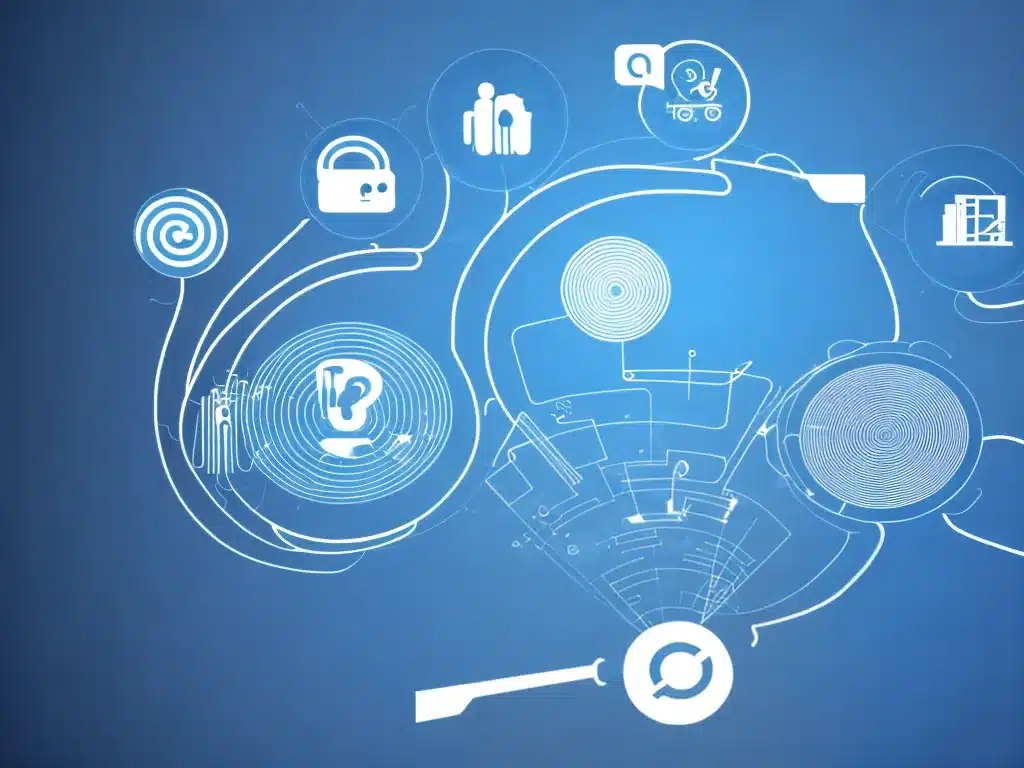
Can IoT Help Improve Accessibility in 2024?
In 2024, the Internet of Things (IoT) will likely play a major role in improving accessibility for people with disabilities. As an assistive technology professional, I am excited about the potential benefits that IoT can provide. Here is an in-depth look at how IoT may advance accessibility in the coming years.
How IoT Can Enhance Independent Living
IoT devices can help people with disabilities live more independently. Here are some examples:
Smart Home Devices
- Voice assistants like Amazon Alexa or Google Home allow hands-free control of appliances and other smart home devices. This helps people with mobility or visual impairments.
- Smart thermostats and lighting let users adjust temperatures and lighting schedules remotely. This assists people who have trouble moving around.
- Alert systems can remind people when to take medication, provide fall detection, and more. Useful for memory issues or emergencies.
Wearable Tech
- Exoskeletons can help people with mobility impairments stand, walk, and lift objects.
- Smart watches can detect seizures and provide medication reminders. Helpful for epilepsy or memory issues.
- Electronic vision aids like eSight eyewear can augment sight for visually impaired users.
Navigation and Transportation
- GPS apps with voice guidance aid navigating for blind or low vision users.
- Ridesharing services like Uber allow on-demand transportation, reducing reliance on para-transit.
- Self-driving car technology may one day provide independent driving capabilities.
How IoT Can Upgrade Accessible Spaces
IoT sensors and devices can also make public spaces more accessible. Examples include:
Smart Cities
- Traffic signals could prioritize pedestrians with visible disabilities using computer vision.
- Crowd flow sensors could route users along accessible paths avoiding congestion or obstructions.
- Interactive kiosks could provide wayfinding, translation, or audio guidance for those with disabilities.
Smart Buildings
- Occupancy sensors could trigger automatic door openers or deliver information like elevator wait times.
- Indoor navigation apps could guide visually impaired users through hallways and rooms.
- Room automation could modify lighting, acoustics, and temperature for those with sensory issues.
Transit Systems
- Predictive maintenance on vehicles, kiosks, and equipment could minimize breakdowns of accessible features.
- Capacity sensors could notify deaf users of announcements over PA systems via text alerts.
- Computer vision could detect guide dogs and alert human assistants to help blind passengers disembark.
Challenges to Overcome
While promising, there are also challenges to making IoT more accessible:
- Cost – Affordable IoT accessibility devices must be developed.
- Training – Users require instruction on how to operate and benefit from IoT tech.
- Inclusivity – IoT systems must serve people with diverse disabilities.
- Privacy – Data collection must respect user privacy and security.
- Infrastructure – Seamless networks must enable devices to interconnect.
Overcoming these hurdles will take effort from technologists, policymakers, and advocates. But the promise of greater independence and equity makes it worthwhile. The coming years will determine if we capitalize on IoT’s potential to create a more inclusive world.












